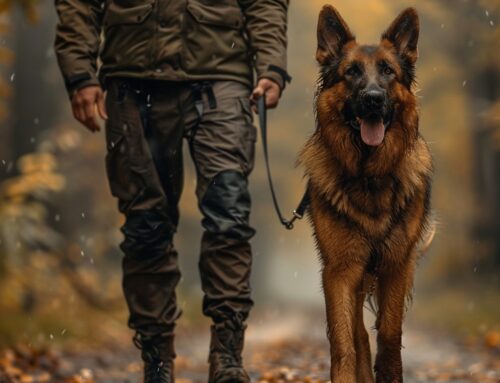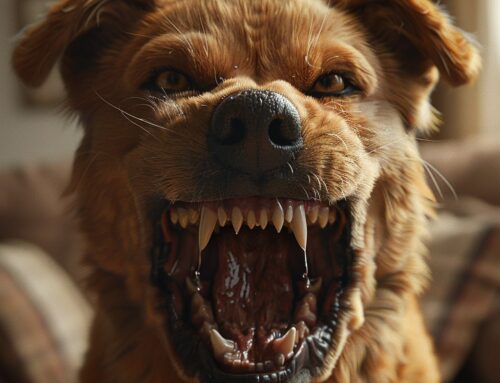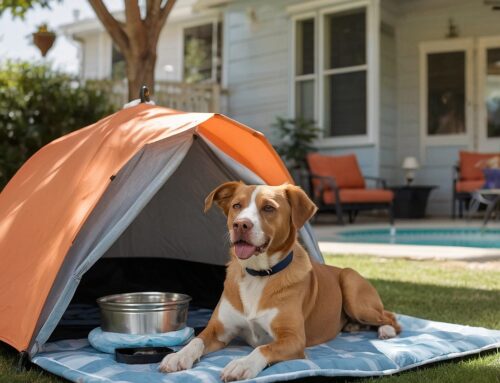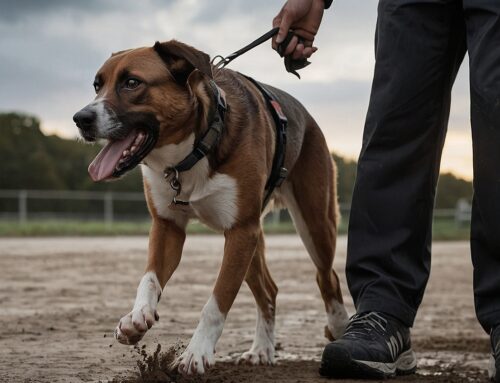Dogs specifically bred for guarding and protecting are impressive. They are loyal at the core to their families and determined to protect them. While they are a spectacular breed, potential pet parents must research whether owning this type of dog fits within their lifestyle and stay committed to the needs of these extraordinary dogs.
What Breeds Are Protection Dogs?
Dogs that fall into the protection breeds include but are not limited to the following:
- Doberman Pinscher
- German Shepherd
- Belgian Malinois
- Rhodesian Ridgeback
- Rottweiler
- Giant Schnauzer
- Bullmastiff
- Staffordshire Terrier
- Komondor
Protection Dog Character Traits
While every dog has its own personality, common characteristics define a protection dog. Most protection dogs have a working mind, meaning they need mental stimulation and enjoy the learning process of training. Other attributes include:
- Quick learners
- Loyal
- Confident
- Assertive
- Courageous
- Affectionate toward family
What To Look For When Choosing A Protection Dog
First and foremost, someone wanting a protection dog must find a reputable breeder. A breeder in good standing can help a person choose the right puppy or dog that fits the family’s lifestyle.
Finding a good breeder takes homework. There are various ways to locate a good breeder. These include contacting your veterinarian for references, attending dog shows to meet a breeder(s), and visiting the American Kennel Club website for a breeder listing.
A good relationship with a breeder is significant, so a potential pet parent must be comfortable with them while ensuring that their questions are answered.
A good breeder will provide potential pup buyers with the opportunity to personally see or watch video footage of a pup’s parents, follow the medical clearance protocol, and provide that medical history and pedigree documentation. Breeders will also want to know a person’s dog handling experience and the home life of their dog.
“People who want to own a protection dog need to have strong handling skills since the breed they are considering is so strong-willed,” said San Diego dog trainer and world competitor David Greene of Performance K9 Training. “All dogs need structure and guidance, but protection dogs need this even more, and staying consistent is key.”
While a novice may think that a barking puppy or dog is the way to choose a protection dog, Greene says there’s more than meets the eye when picking the right dog. Characteristics that must be a standout are confident nerves and solid temperament.
“When choosing a protection puppy/dog, you want an outgoing, friendly dog rather than an insecure dog that is nervy,” Greene said. “I’ve met many pet families who instead have a protection breed whose temperament is suspicious and they can’t even have a pleasant walk with their dog around the neighborhood because their dog is on high alert and barking all the time. A protection dog should be friendly and, at the same time, have the courage when needed.”
In some instances, people may also bring a dog trainer specializing in protection breeds to help select a dog or puppy.
Protection Dogs Require Commitment
For any potential pet parents wanting a protection dog breed, it takes a genuine commitment to satisfying these dogs’ mental and physical needs. On the top of the list is dog training and teaming up with a dog trainer that works with these strong-minded breeds.
“You want to start training these pups right away,” Greene said. He added, “There are particular ways to teach puppies the right way to socialize, meaning that we introduce them to the world while still having their focus on you, their handler and guide. Their attention should always be on you despite what’s going on.”
When a pup was with its littermates, they communicated by biting and jumping on one another. However, with a new human family, it’s also essential to redirect this behavior.
“It’s important that protection breeds have top obedience skills to include recall (coming when called), place commands in the household for structure, and leash manners wherever they go,” he said. “Start the training as soon as possible and don’t wait until behavioral issues appear — try to stay one step ahead in the process.”
Protection Dogs Must Work
Dog breeds that guard and protect need an outlet to engage these natural skillsets. It’s encouraged to keep a dog’s mind and body active.
Those who own protection breeds may be interested to know that there are dog sports that may be the right fit. Not only can a pet parent and their dog join a club, but they can also participate in club trials, and regional, national, and even world championships. The sky is the limit!

A few of these sports include:
- Protection Sports Association (PSA)
- IPO (formerly known as Schutzhund)
- French Ring
Pet parents who partner with their dogs in these sports create a close bond. Additionally, pet parents can socialize with like-minded dog owners with a passion for dog sports.
Protection breeds require great mental and physical stimulation, and these dog sports blend well with those needs.
Owning any dog takes commitment, and owning a protection breed takes both commitment and responsibility. Researching the breed and speaking to the specialists is essential to learn as much as possible before purchasing a dog of this caliber.








